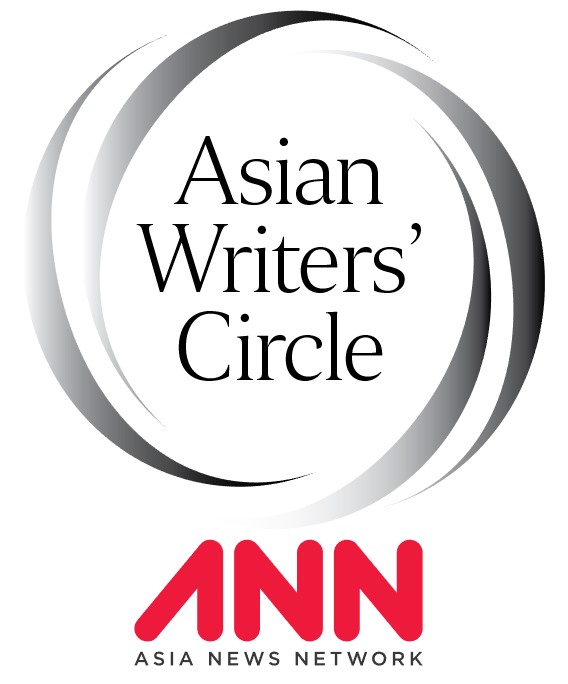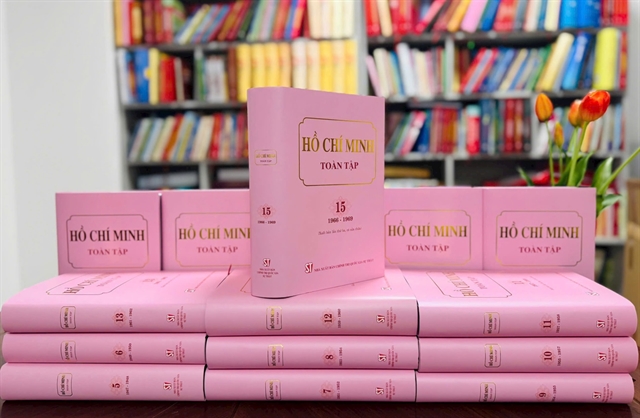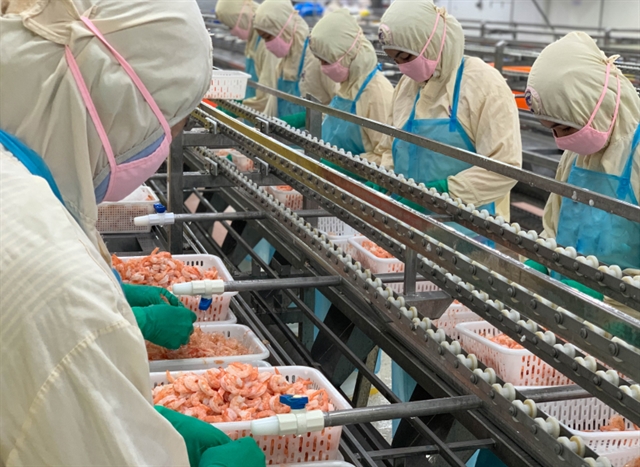 World
World

World War Two had left the world in shambles. Europe was devastated; all major cities had been destroyed, the flower of European youth was gone, lying in unmarked graves. Asia had fared little better; China and South-East Asia had borne the brunt of Japanese aggression which itself had two nuclear bombs dropped on it. Africa had been devastated by the battling armies of Montgomery and Rommel. The Japanese had come to India's doorstep and the Great Bengal Famine had inflicted horrendous causalities on poor and defenceless people.
  |
| Devendra Saksena, a retired Principal Chief Commissioner of Income-Tax, India and a columnist with The Statesman |
Devendra Saksena*
World War Two had left the world in shambles. Europe was devastated; all major cities had been destroyed, the flower of European youth was gone, lying in unmarked graves. Asia had fared little better; China and South-East Asia had borne the brunt of Japanese aggression which itself had two nuclear bombs dropped on it. Africa had been devastated by the battling armies of Montgomery and Rommel. The Japanese had come to India’s doorstep and the Great Bengal Famine had inflicted horrendous causalities on poor and defenceless people.
Thanks to the great oceans surrounding them the Americas were left relatively unscathed by the War. Rather, the US gained a lot; the exodus of Jewish brains and Jewish capital from Nazi Germany to the US immensely enriched the US economy. American factories, which were working overtime to bolster the Allied Powers’ war effort, seamlessly started production of civilian goods turning the US in an economic powerhouse. In the aftermath of WW II, the balance of both economic and political power irrevocably shifted from Europe, specifically Great Britain, to the USA.
However, the US soon realised that it could not be the only prosperous country in a sea of miserable ones. Immediately after WW II, from July 1945 to June 1946, the United States shipped 16.5 million tons of foodgrains to Europe and Japan, which amounted to one-sixth of the American food production. President Truman launched the Marshall Plan in 1948, which provided $12 billion (more than $100 billion at current prices) to Western European countries to rebuild their economies. Winston Churchill described the Marshall Plan as "the most unselfish act by any great power in history."
Asian countries were helped by grants and credits amounting to $5.9 billion (more than $50 billion at current prices) from 1945 to 1953. Thereafter, the US continued its aid to Asian and African countries through USAID and PL-480. It is not incidental that the US economy benefited hugely in the process because most of the aid money was spent to buy US goods.
With time the free lunches have tapered off; perhaps the USA soon realised that the recipients of the largesse were not as grateful and submissive as the USA would have wanted them to be. Nevertheless, the current US volte-face which has the US imposing punitive duties and sanctions on all and sundry has shocked the global community. No country has been spared; not even long-standing friends. Stung by US sanctions, ’unfriendly countries’ like Iran are on the verge of financial collapse with the Iranian Rial trading at a low of 1,40,000 Rials to a dollar. Worse is to follow for Iran because only the first set of economic sanctions have been imposed so far, tougher sanctions are scheduled for November 4. Turkey is doing little better with the Turkish Lira falling 40 per cent in 2018 and inflation touching 20 per cent.
President Trump has singled out China, the US’s largest trading partner for special treatment. During his election campaign Mr.Trump had insinuated that China and India were "raping" the US by selling much more to the US than what they were buying. In fact, in 2017, China exported goods worth $505 billion to the US but imported goods worth only $129 billion. A similar situation exists for trade between India and China; India had imports of $68 billion from China but exported goods of only $16 billion to China. There is a lot of truth in the US insinuation that China hasn’t been completely transparent in opening up its economy the way it had committed under the World Trade Organization and is restricting imports by setting up non-trade barriers.
As part of his promise to fix China’s "long-time abuse of the broken international system and unfair practices" Mr. Trump started a blitzkrieg against Chinese goods in 2018. In January, the US placed a 30 per cent tariff on solar panel imports and a 20 per cent tariff on washing machines, most of which are manufactured in China, followed by a 25 per cent tariff on Chinese goods worth $34 billion in July and $16 billion in August. This has been followed up by the imposition of 10 per cent tariff on $200 billion of Chinese goods from 24 September.
Mr. Trump has promised that duties on almost 6000 items imported from China would rise to 25 per cent from 1 January 2019.Further, the US has imposed punitive sanctions on the Chinese Army for importing Russian Sukhoi Su-35 fighter jets and S-400 surface-to-air missiles, under the Countering America’s Adversaries Through Sanctions Act (CAATSA), an Act which had only been applied to Russia so far. For benefit of the WTO, US officials have stated that the punitive tariffs were necessary to protect national security and the intellectual property of US businesses, and to help reduce the US trade deficit with China.
Sane voices have advised the US to soften its belligerent stance. Most countries in the world enjoyed unprecedented prosperity in the last 50 years partly because GATT followed by WTO had made trade between countries easy, with goods being produced at places where the cost of production was the lowest. These conditions were replicated in the services sector which ensured significant benefits for countries like India. Thus, globally plenty of goods and services were available at low prices, benefiting both suppliers and consumers from all countries.
Raising of tariffs by the US has prompted counter-measures by other countries, mainly China, which would result in high tariffs all around because the US and China are the largest economies in the world. Prices of all commodities are set to rise the world over, which would definitely lead to a drop in the standard of living everywhere.
Trump’s policies vis-a-vis China could harm both US consumers and manufacturers because a significant proportion of the US imports from China are goods manufactured for US companies, which send raw materials to China for low-cost assembly. Computers and accessories ($77 billion), cell phones ($70 billion) and apparel and footwear ($54 billion) are some of the major examples of such imports. But Mr. Trump is more interested in making China bleed than profiting American businesses. Indeed, to the discomfiture of China, other countries that had set up manufacturing facilities in China are contemplating a pull-out in view of the enhanced US tariffs vis-à-vis Chinese goods. Jack Ma, the Chinese billionaire has predicted that the Sino-American trade war may go on for the next twenty years.
Needless to say, the trade war does not portend well for India which faces the prospect of becoming collateral damage in the US-China cross-fire. Till now, the only direct action by the US against India has been a 25 per cent levy on steel and 10 per cent levy on aluminium but worse may follow. US sanctions against Iran, which is the largest supplier of crude to India, would kick in from 4 November endangering oil imports from Iran. India is trying to work around the sanctions but the US seems to be in no mood to relent. Further, India is planning to import S-400 surface-to-air missiles from Russia, which have triggered US sanctions in China’s case. Tightening of working visa requirements by the US would definitely cut into NRI remittances which are even otherwise poised for a decline given the free fall of the Indian Rupee.
The obvious but difficult solution is to broad-base India’s foreign trade by supplanting USA with other countries in exports and imports. First, India has to look at her neighbours. Historically, all economies of the South Asian Free Trade Area (SAFTA) region were inter-dependent but due to political reasons trade between SAFTA countries has languished. The World Bank study "A Glass Half Full: The Promise of Regional Trade in South Asia" (edited by Sanjay Kathuria), estimates the trade potential between India and Pakistan at $37 billion but the actual trade is only $2 billion. Similarly, the trade potential between India and Bangladesh is $16.5 billion but the actual trade is only $6.5 billion.
The main reason for this unsatisfactory state of affairs is a trust deficit between SAARC countries which translates into high tariffs, para tariffs and non-trade barriers. Trade between SAFTA countries often takes place through third countries like the UAE which pushes up the cost for everyone. As a first step, SAFTA has to be made operational and the full trade potential with our neighbours has to be realised.
Then, with the virtual collapse of WTO, India would have to look at regional groupings like the Regional Comprehensive Economic Partnership (RCEP) which have great potential. Currently, China and Japan are pushing for conclusion of RCEP by November 2018 but India’s stance has been overly cautious. True to form, Indian officials are saying that the deal cannot be concluded before the end of 2019.
The bottom line is that India has to engage positively with China, her largest trading partner, so that she has more equal trading relations with her. This should not be very difficult in the current trade scenario which is more daunting for China than for India.
Considerable financial skill and political statesmanship would be required to shield India’s economy from the adverse consequences of the ongoing trade war but the alternative is not worth thinking about. The falling rupee and rising oil are only a forewarning of climactic events that may follow. India must wake up and act quickly to save her economy. — The Statesman/ANN
*Devendra Saksena is a retired Principal Chief Commissioner of Income-Tax, India and a columnist with The Statesman




